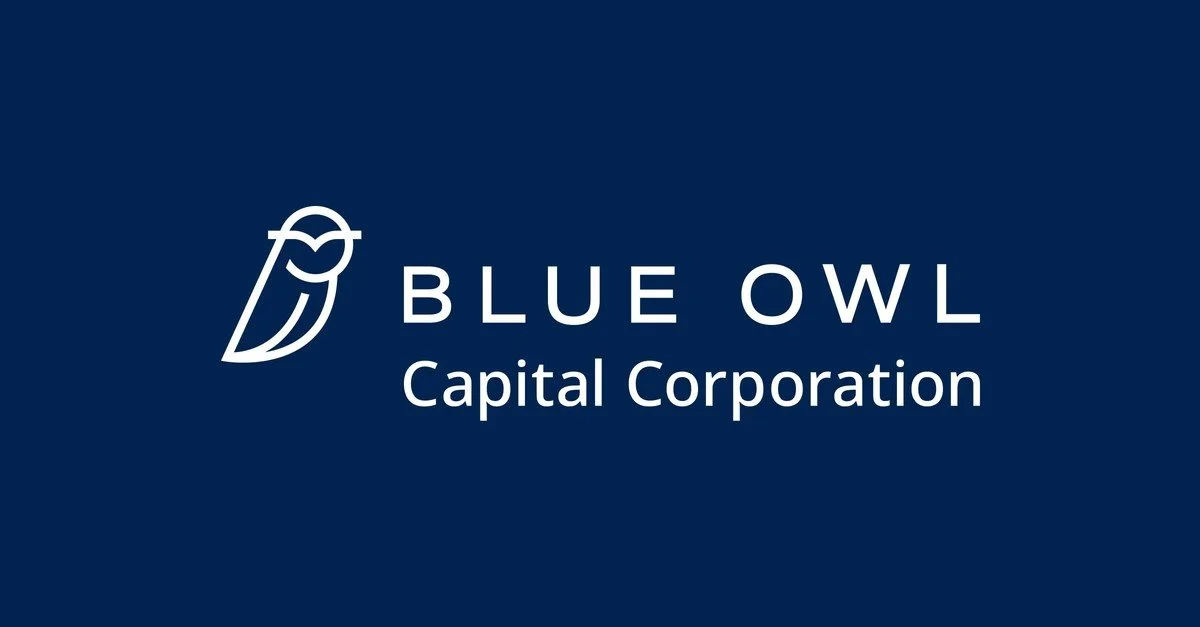KRC | Q1 2025
The content provided on this website, including any communications, posts, videos, social media interactions, and other materials, is for informational and educational purposes only. It should not be considered as financial or investment advice. Read our full disclaimer here.
Links
Link to Transcript
Link to 10-Q
Overview
FFO of $1.02 in-line.
Revenue of $270.84M (-2.8% Y/Y) misses by $3.49M.
Takeaways
To be honest, Kilroy Realty Corporation (KRC) has had a lukewarm start to 2025.
FFO came in at $1.02 per share, and occupancy dipped to 81.4%—which was expected due to a few move-outs that had already been flagged. Even with that, base rents grew just under 1%, thanks to built-in rent escalations.
Re-leasing spreads were negative this quarter by quite a bit, but most of that was due to one short-term deal with an existing subtenant. If you strip that out, spreads were down just 8%, which is in line with last quarter.
With all of that, Kilroy kept its full-year guidance intact and emphasized that its strong balance sheet gives it plenty of flexibility going forward.
Despite the unexciting numbers, CEO Angela Aman was upbeat about what Kilroy’s seeing in its core markets. Office demand is picking up, especially in places like San Francisco, where AI companies are growing fast, more people are returning to the office, and the city itself is seeing real improvements—crime is down, foot traffic is up, and the vibe is changing.
Kilroy signed a 60,000 square foot lease at 201 3rd Street with a tech tenant—its biggest in the city since 2019—and tour activity across its San Francisco portfolio is up 60% year-over-year.
Seattle is also seeing momentum. At Kilroy’s West 8th property, a data analytics and AI tenant expanded from 9,000 square feet to 43,000 in less than a year.
This kind of rapid growth is becoming more common—tenants are starting small but planning for big things, and Kilroy is leaning into that flexibility. Across the entire portfolio, tour activity is up 40% YoY, and the leasing pipeline is getting stronger.
On the life science side, things have held steady. The sector started the year with some optimism about the economic outlook but also some caution around regulatory changes. Still, Kilroy hasn’t seen any slowdown in leasing demand.
Their KOP Phase 2 project in South San Francisco is attracting strong interest, with multiple tenants deep into pricing and space discussions.
The company is also being active on the capital side. It just signed a deal to sell part of its Santa Fe Summit land in San Diego for $38 million, with more land sales expected over the next few years that could total more than $150 million. As those sales close, Kilroy will look at how to best reinvest the proceeds—whether through acquisitions, reducing debt, or even buying back stock.
CIO Eliott Trencher added that while overall office sales volumes are about flat, buyer interest is broadening and institutional money is coming back, as seen in the $111 million recap of a vacant San Francisco office building—one of the city’s first big standalone deals in a while.
Users are also stepping in, like LendingClub, which is buying its building for $75 million. That kind of owner-occupier activity shows that some companies still believe in the long-term value of office space.
Overall, Kilroy sounded confident about where things are headed. Office demand is still slowly improving, AI growth is creating new leasing opportunities, and the team is staying focused on flexibility, smart capital allocation, and long-term value.




Revenue of $1.88B (+4.4% Y/Y) beats by $10M. Non-GAAP EPS of $1.96 beats by $0.09.